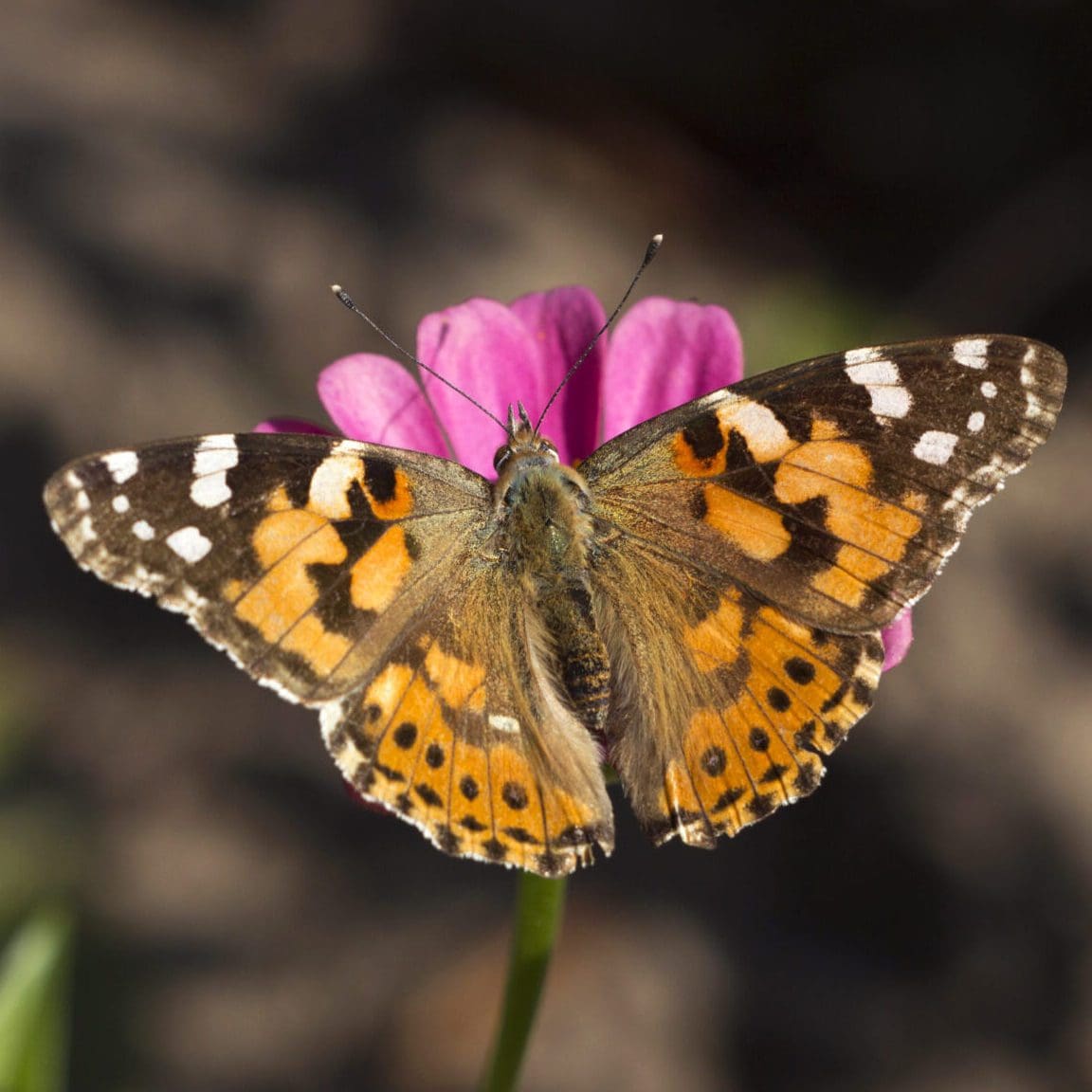
Welcome to our FAQ page, where we provide answers to some of the most frequently asked questions we receive about raising and releasing monarch butterflies. To help you find the information you need, we’ve organized our FAQs into specific categories related to our online store, products, and other services.
For more detailed information about each topic, be sure to visit our blog, where you’ll find a wealth of resources on butterfly care and conservation. And if you can’t find the answer you’re looking for, or have a question we haven’t addressed, please don’t hesitate to get in touch with us at info@monarchbutterflies.ca. We’re always happy to help!
For The Latest News, Updates And Promotions
